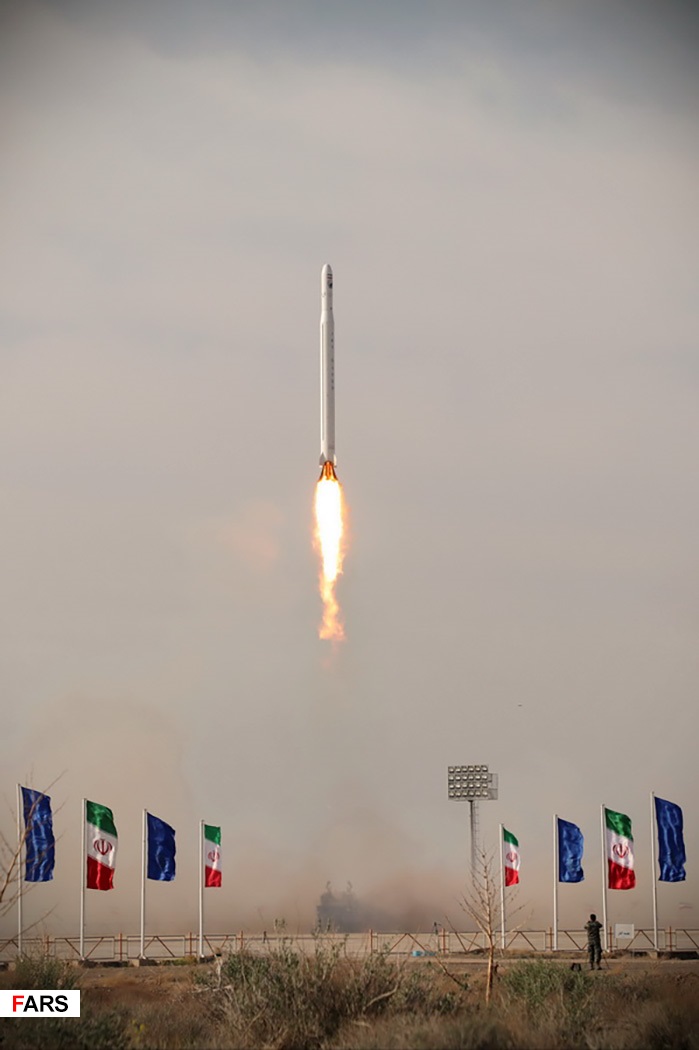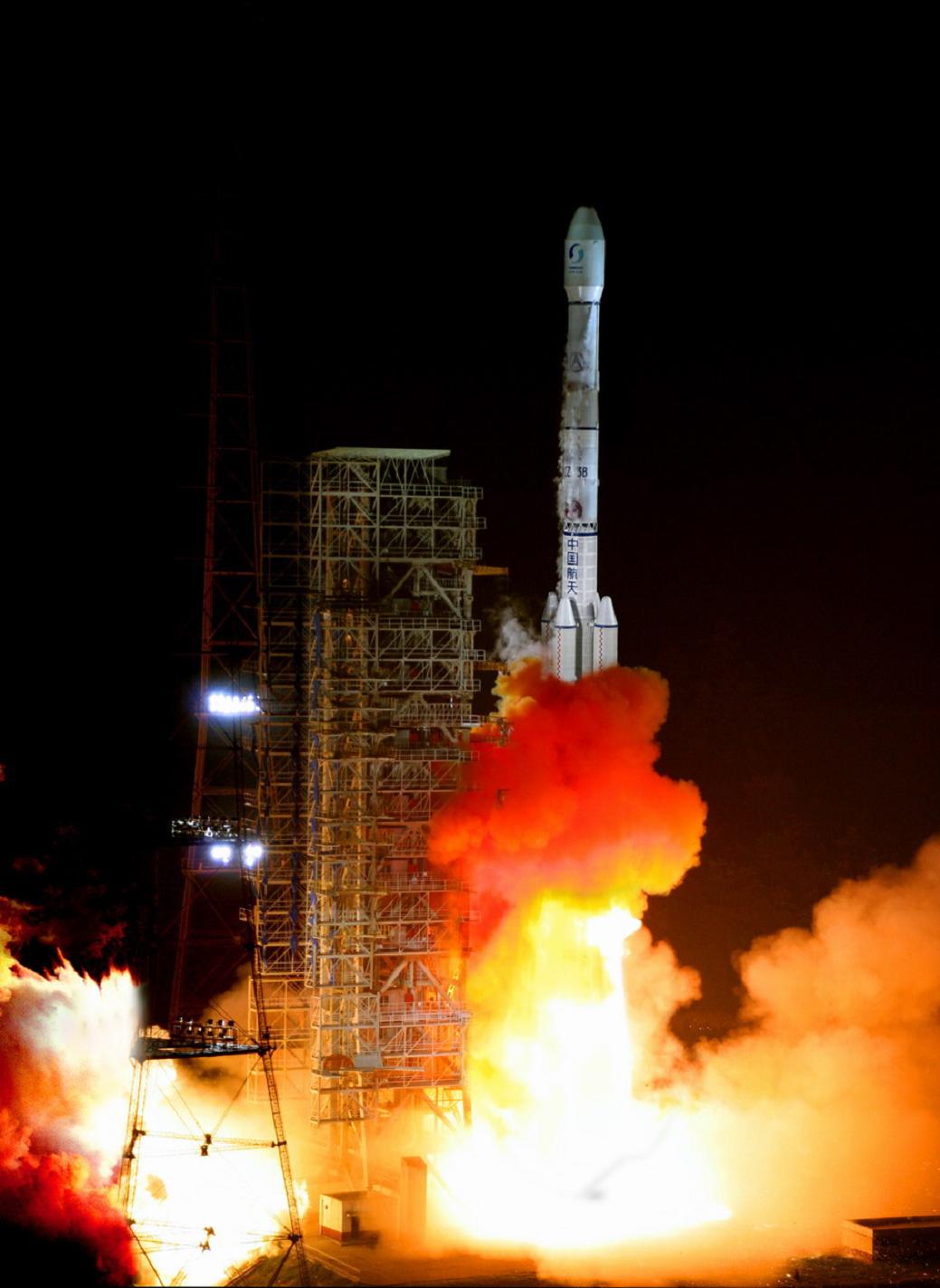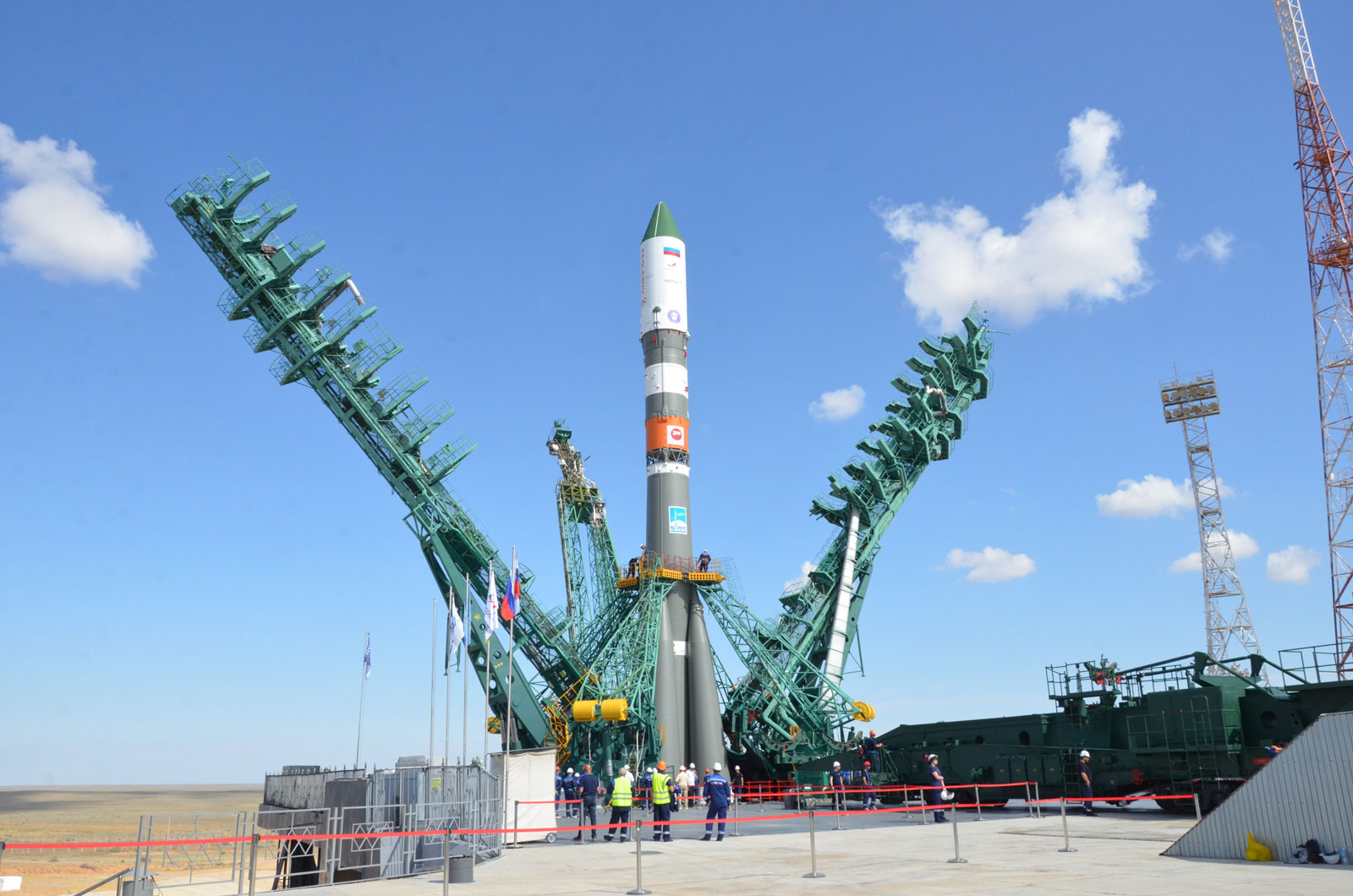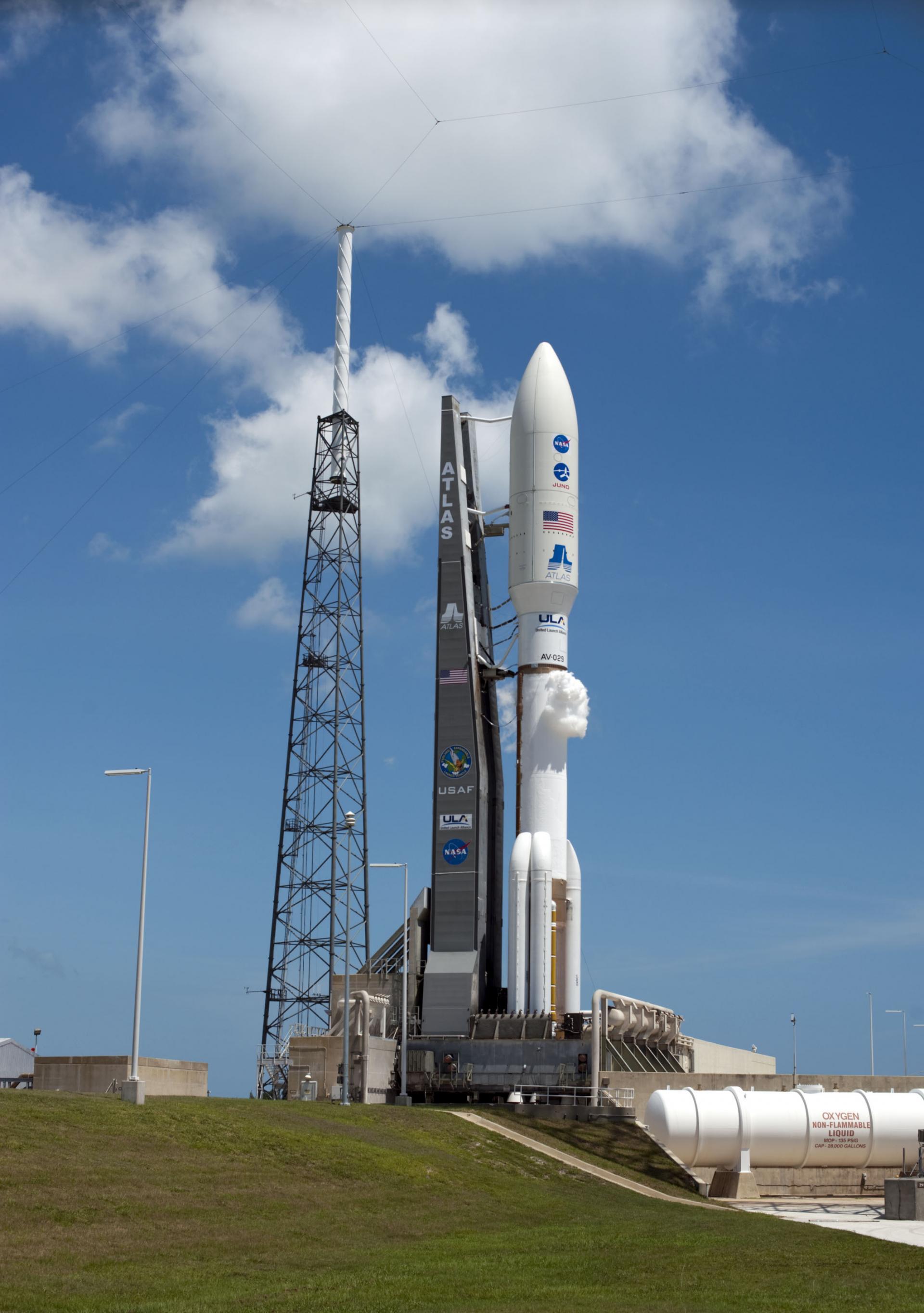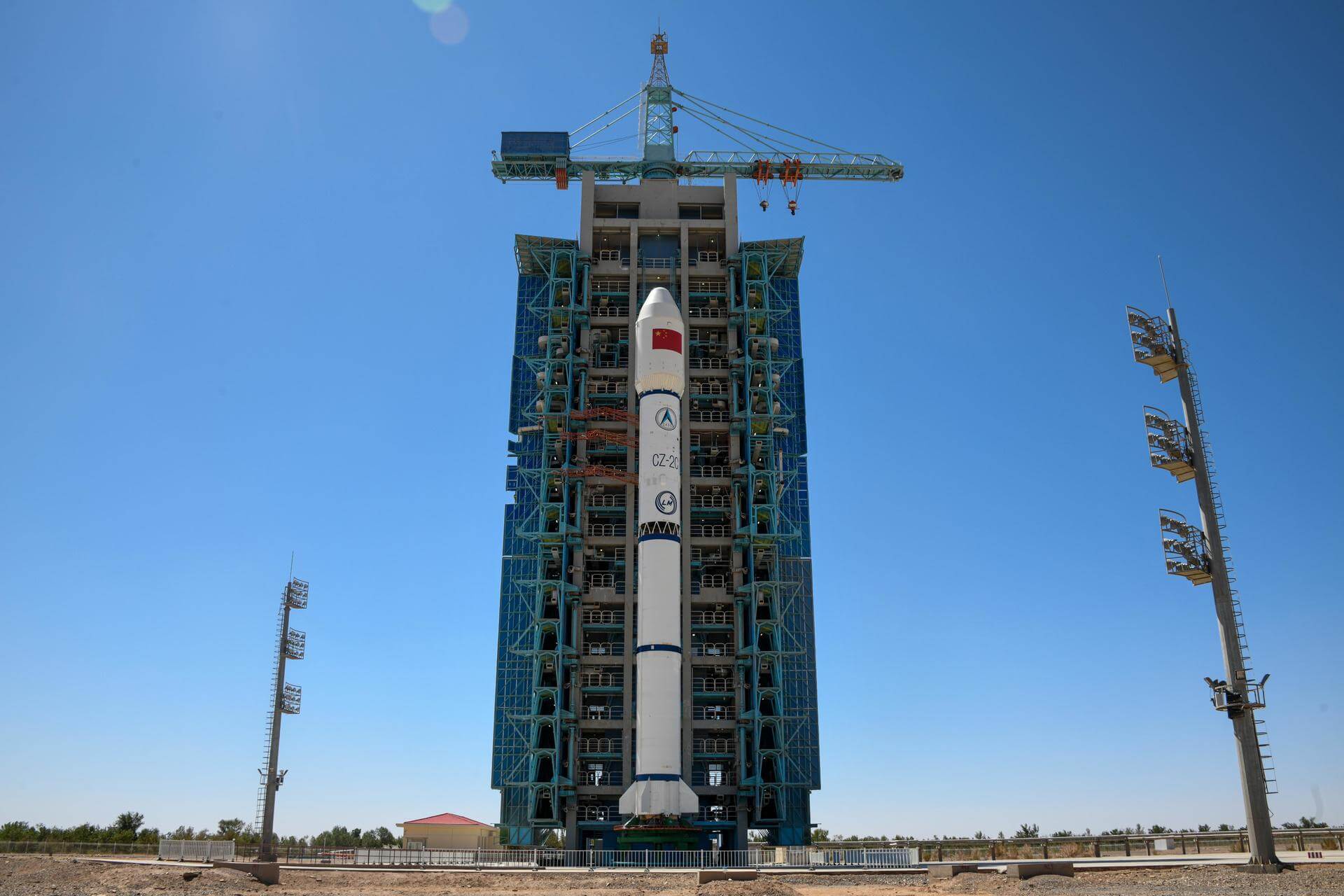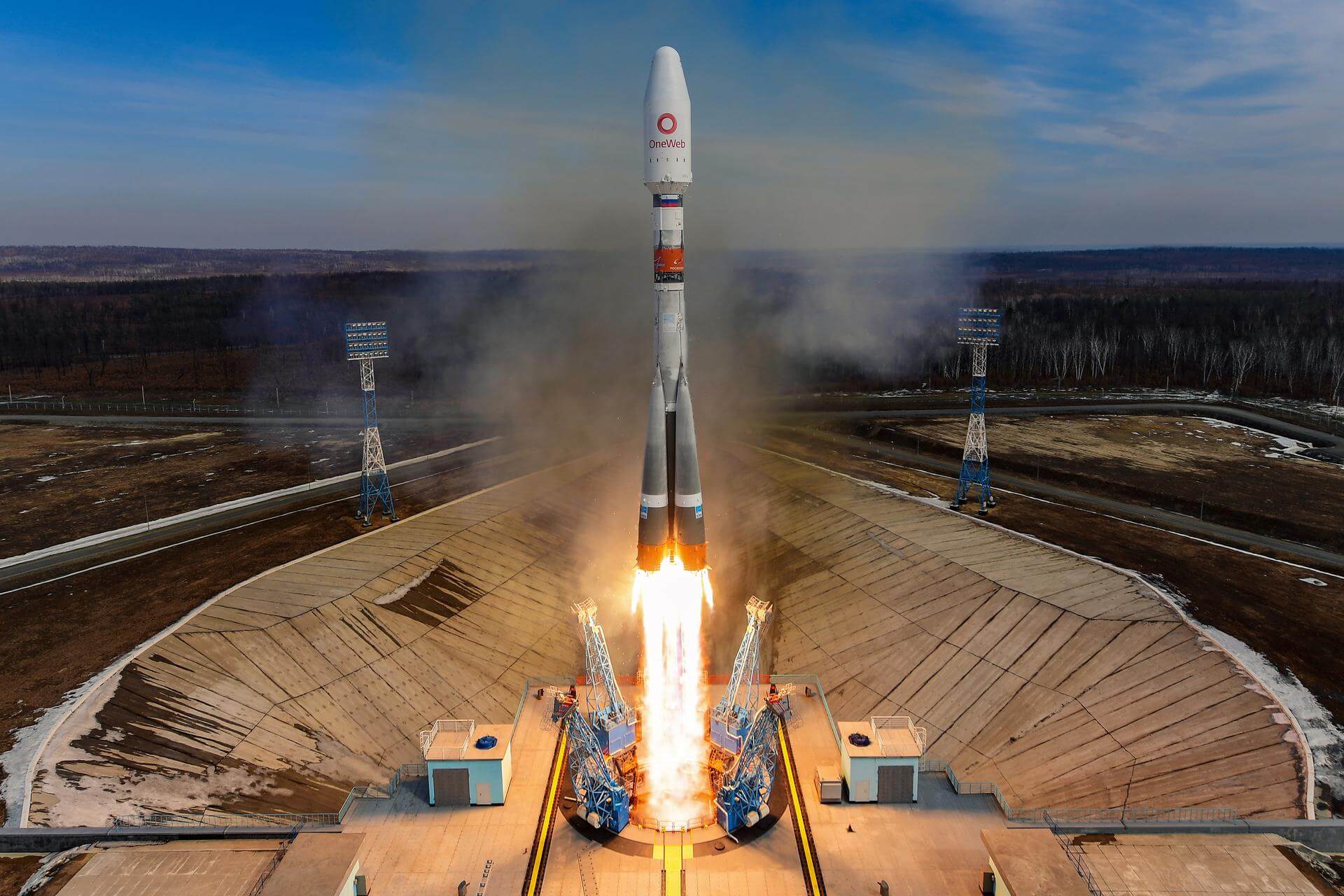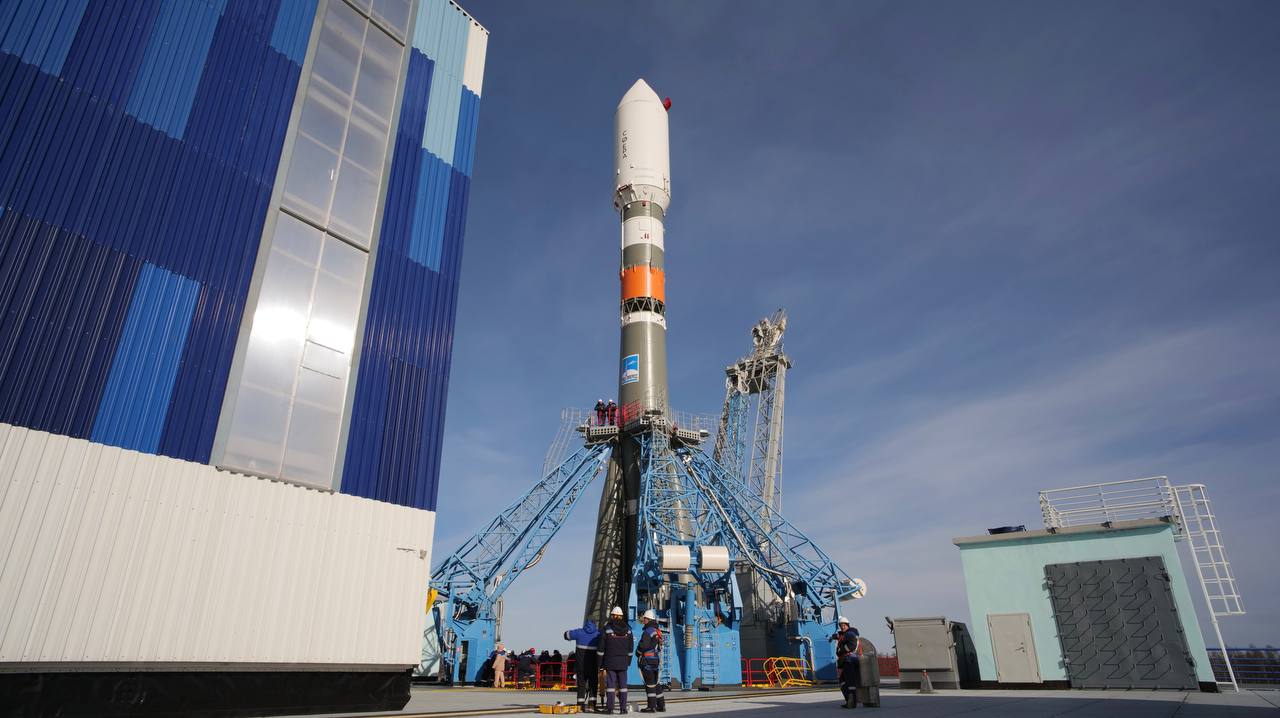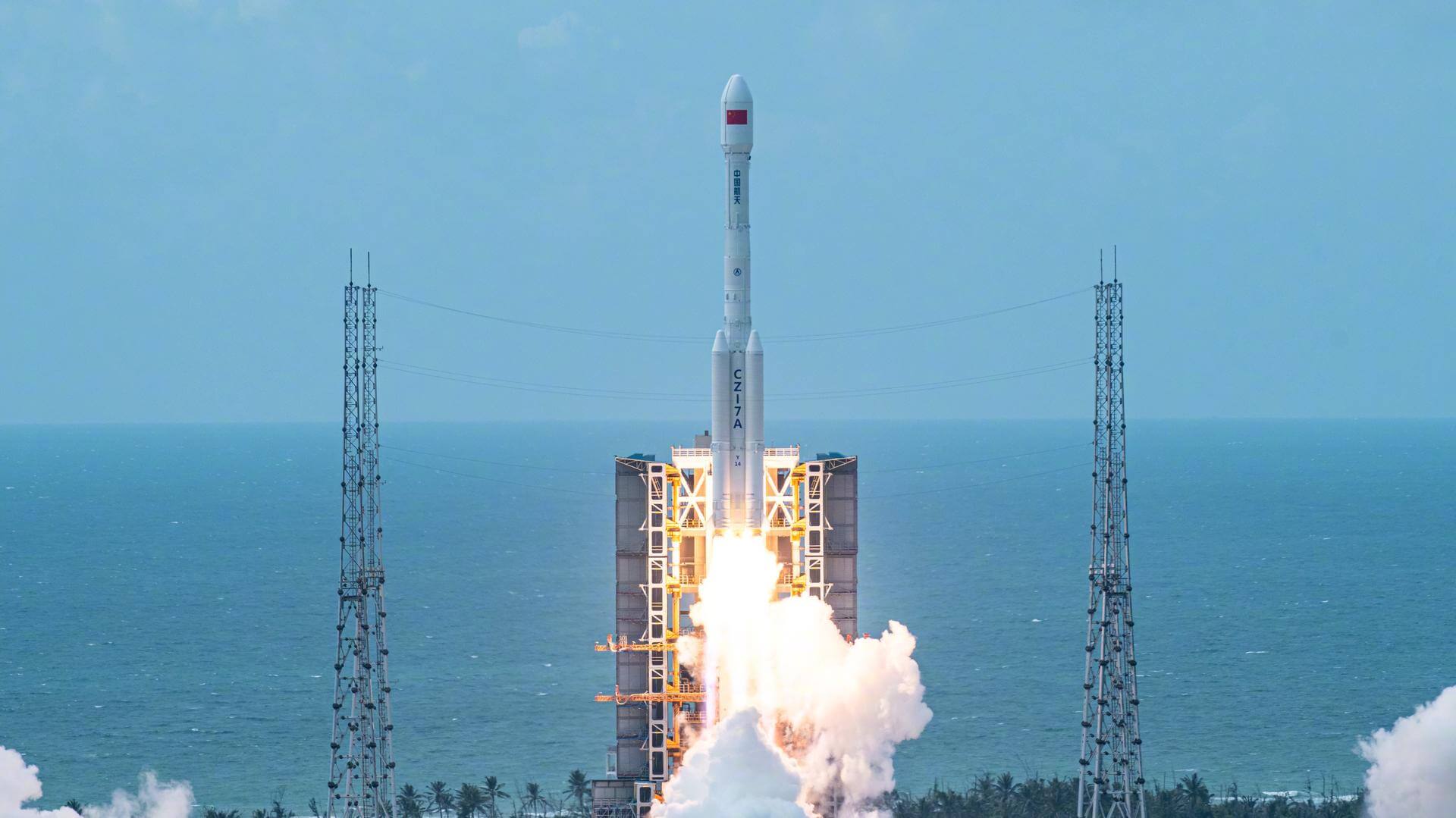Previous Spaceflight Launches
Filter by Agency, Locations or Vehicles
Show All LaunchesFalcon 9 Block 5 | Starlink 6
SpaceX | United States of AmericaKennedy Space Center, FL, USA
April 22, 2020, 7:30 p.m.
Qased | Noor
Islamic Revolutionary Guard Corps Aerospace Force | IranShahrud Missile Test Site, Islamic Republic of Iran
April 22, 2020, 3:58 a.m.
Long March 3B | Nusantara Dua
China Aerospace Science and Technology Corporation | ChinaXichang Satellite Launch Center, People's Republic of China
April 9, 2020, 11:46 a.m.
Status: Launch Failure
Mission:
Nusantara Dua is a high throughput communications satellite built by CAST for Indonesian satellite operator PT Pasifik Satelit Nusantara. It will replace the Palapa D satellite. Nusantara Dua will provide broadband internet and broadcasting access to users in Indonesia, as well as some regions of Asia-Pacific and Australia.
Geostationary Transfer OrbitSoyuz 2.1a | Soyuz MS-16
Progress Rocket Space Center | RussiaBaikonur Cosmodrome, Republic of Kazakhstan
April 9, 2020, 8:05 a.m.
Status: Launch Successful
Mission:
Soyuz MS-16 begins expedition 62 by carrying Roscosmos cosmonauts Anatoli Ivanishin, Ivan Vagner and NASA astronaut Chris Cassidy to the International Space Station aboard the Soyuz spacecraft from the Baikonur Cosmodrome in Kazakhstan. After launching from the Baikonur Cosmodrome in Kazakhstan, they will rendezvous to the station where they will remain for their 6 month stay.
Low Earth OrbitAtlas V 551 | AEHF-6
United Launch Alliance | United States of AmericaCape Canaveral SFS, FL, USA
March 26, 2020, 8:18 p.m.
Status: Launch Successful
Mission:
This is the sixth and final satellite in the Advanced Extremely High Frequency (AEHF) system, which is a series of communications satellites operated by the United States Air Force Space Command. It provides global, survivable, protected communications capabilities for strategic command and tactical warfighters operating on ground, sea and air platforms.
Geostationary Transfer Orbit #AEHF6Long March 2C | Yaogan-30-06
China Aerospace Science and Technology Corporation | ChinaXichang Satellite Launch Center, People's Republic of China
March 24, 2020, 3:43 a.m.
Status: Launch Successful
Mission:
The Yaogan 30-01-01 to 30-01-03 (Remote Sensing Satellite-30-01-01 to 30-01-03) satellites, were launched by CZ-2C rocket from China's Xichang space center on 29 September 2017. The purpose is not confirmed, although the news reports hint towards a SIGINT mission, especially to detect ships by their radio emissions. They are also known as CX 5 by the manufacturer. The satellites are spaced by 120° in their orbit.
Low Earth OrbitSoyuz 2.1b/Fregat-M | OneWeb 3
Progress Rocket Space Center | RussiaBaikonur Cosmodrome, Republic of Kazakhstan
March 21, 2020, 5:06 p.m.
Status: Launch Successful
Mission:
A batch of 34 satellites for the OneWeb satellite constellation, which is intended to provide global Internet broadband service for individual consumers. The constellation is planned to have around 648 microsatellites (of which 60 are spares), around 150 kg each, operating in Ku-band from low Earth orbit. Eventually it can be expanded to include extra 1260 satellites, for a total of 1908.
Polar OrbitFalcon 9 Block 5 | Starlink 5
SpaceX | United States of AmericaKennedy Space Center, FL, USA
March 18, 2020, 12:16 p.m.
Soyuz 2.1b/Fregat-M | Glonass-M No. 60 (Kosmos 2545)
Progress Rocket Space Center | RussiaPlesetsk Cosmodrome, Russian Federation
March 16, 2020, 6:28 p.m.
Status: Launch Successful
Mission:
Glonass-M, also known as Uragan-M, are the second generation of Uragan satellite design used for GLONASS satellite navigation system. GLONASS is a Russian space-based navigation system comparable to the similar GPS and Galileo systems. This generation improves on accuracy, power consumption and design life. Each satellite weighs 1415 kg, is equipped with 12 L-band antennas, and has an operational lifetime of 7 years.
Medium Earth OrbitLong March 7A | TJS-6 (Maiden Flight)
China Aerospace Science and Technology Corporation | ChinaWenchang Space Launch Site, People's Republic of China
March 16, 2020, 1:34 p.m.
Status: Launch Failure
Mission:
This is the first flight of the Long March 7A which is a new configuration of the Long March 7 launch vehicle. The difference is that 7A variant includes an additional third stage, allowing the rocket to perform GTO launches. This is also the first mission out of Wenchang cosmodrome in 2020.
Geosynchronous Transfer Orbit
